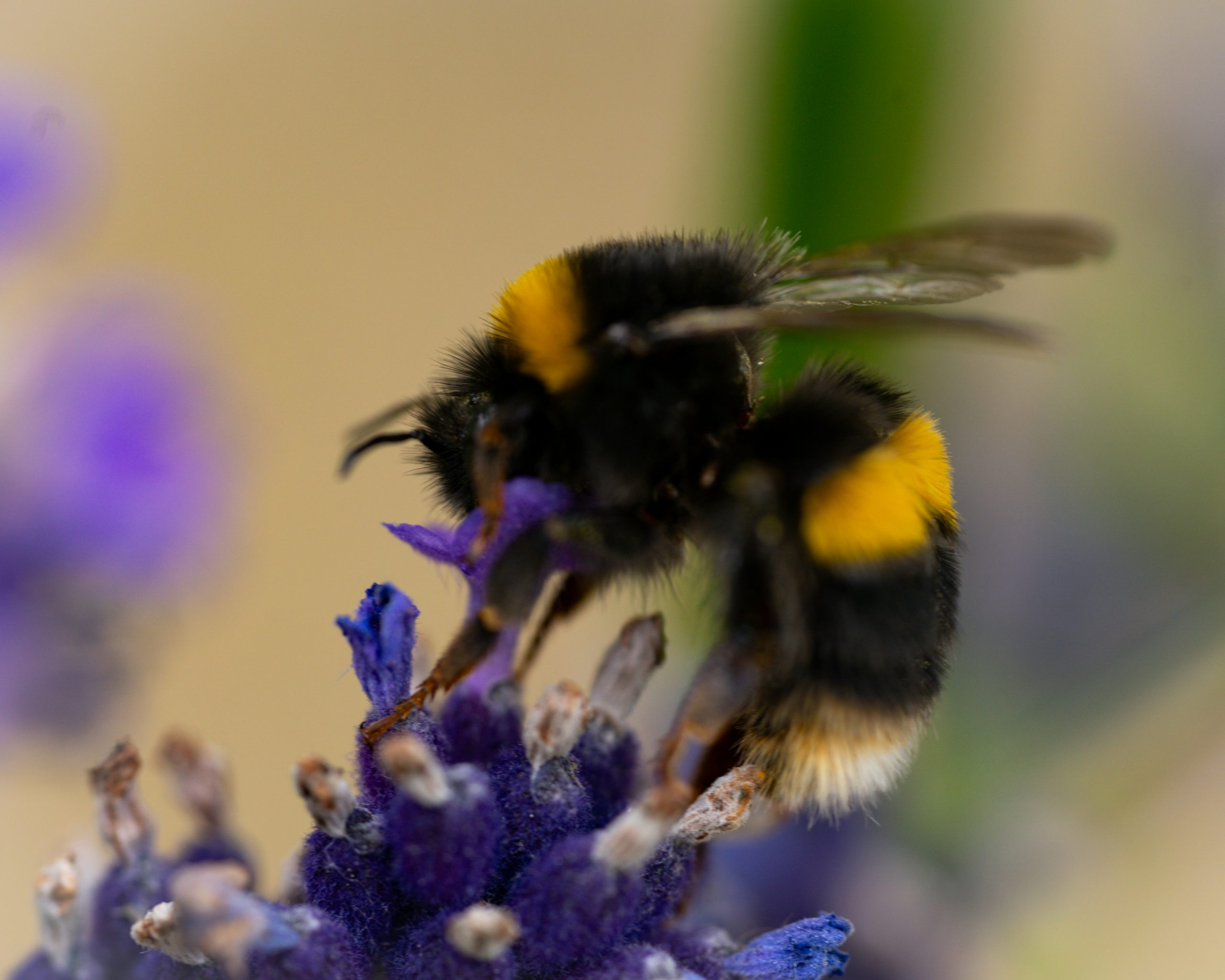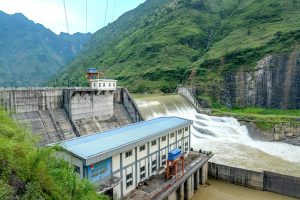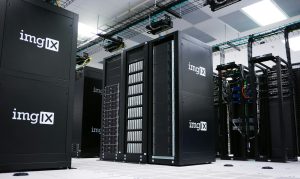Drones in Environmental Monitoring and Conservation
Drones, also known as unmanned aerial vehicles (UAVs), have become increasingly popular in recent years, not only for recreational and military use, but also for environmental monitoring and conservation efforts. These small, remote-controlled aircrafts are equipped with advanced technology that allow them to fly over vast areas, capturing high-resolution images and data that would otherwise be difficult or impossible to obtain. In this article, we will explore the growing role of drones in environmental monitoring and conservation, and how they are revolutionizing the way we gather and utilize critical information for the protection of our planet.
The Benefits of Drones in Environmental Monitoring
One of the main advantages of using drones in environmental monitoring is their ability to cover large areas quickly and efficiently. Traditional methods of data collection, such as ground surveys or satellite imagery, can be time-consuming and limited in scope. Drones, on the other hand, can cover vast areas in a fraction of the time, providing real-time data that is crucial for making informed decisions.
Furthermore, drones are able to reach remote or inaccessible locations, making them invaluable in areas that are difficult or dangerous for humans to access. This allows for a more comprehensive and accurate understanding of the environment, including areas that were previously out of reach.
Another benefit of using drones in environmental monitoring is their cost-effectiveness. In comparison to traditional methods, such as manned aircrafts or ground surveys, drones are relatively inexpensive to operate. This makes them accessible to a wider range of organizations and individuals, including small-scale conservation efforts and citizen science initiatives.
Applications of Drones in Conservation
Biodiversity Monitoring
Drones are being used to monitor and collect data on a variety of plant and animal species, providing valuable information on population dynamics, migration patterns, and habitat conditions. With advanced sensors and imaging technology, drones can capture high-resolution images, video, and audio that can aid in species identification and tracking.
In addition, drones can also access hard-to-reach areas, such as dense forests or remote islands, to gather data on elusive species and their habitats. This data can then be used to inform conservation efforts, such as creating protected areas or implementing species-specific management strategies.
Environmental Impact Assessments
Drones are also being utilized in environmental impact assessments, providing an efficient and non-invasive way to monitor and assess the effects of human activities on the environment. For example, drones can be used to track changes in land use and land cover, such as deforestation or urbanization, as well as monitor water quality and pollution levels.
With this data, conservationists and policymakers can make evidence-based decisions to mitigate the negative impacts of human activities and ensure the sustainability of our natural resources.
Anti-Poaching Efforts
Illegal poaching and wildlife trafficking pose a significant threat to many species around the world. Drones are now being used as a tool in anti-poaching efforts, providing an aerial surveillance system that can help identify and track poachers in real-time.
Drones equipped with thermal imaging cameras and GPS tracking can detect and follow illegal activity, while also providing a safe way to monitor animals in their natural habitat without disturbing them. This technology has proven to be successful in protecting endangered species, such as rhinos and elephants, and is being used in conservation efforts around the world.
The Future of Drones in Environmental Monitoring and Conservation
The use of drones in environmental monitoring and conservation is still in its early stages, but the potential for future applications is promising. With continued advancements in technology, drones are becoming more versatile and capable of collecting larger and more complex datasets.
Drones are also being utilized in combination with other technologies, such as artificial intelligence and machine learning, to analyze and interpret the data they collect. This can provide even more comprehensive and accurate insights into the state of our environment, helping us better understand and protect it.
However, as with any new technology, there are also concerns and challenges surrounding the use of drones in environmental monitoring and conservation. Privacy issues, particularly in relation to using drones for wildlife monitoring, must be carefully considered and regulated. In addition, careful planning and training are necessary to ensure the safe and responsible operation of drones.
Conclusion
Drones are revolutionizing the way we approach environmental monitoring and conservation, providing an efficient, cost-effective, and non-invasive way to gather critical data. From biodiversity monitoring to anti-poaching efforts, drones are proving to be powerful tools in protecting our planet and its inhabitants. As technology continues to advance and laws and regulations are put into place, the role of drones in environmental conservation is only set to grow and become even more impactful.











